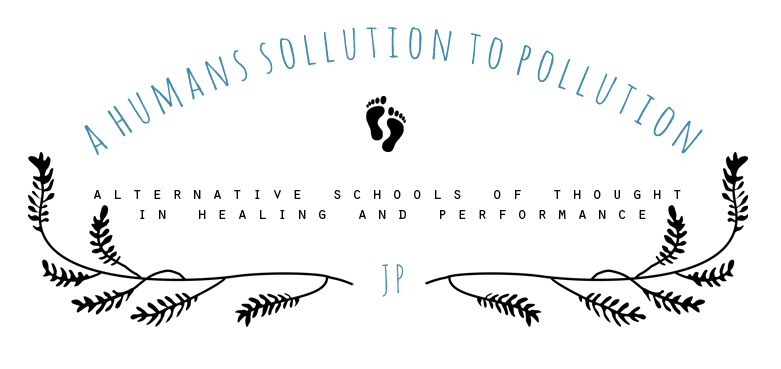Everything we do requires energy, we are needy, judgemental, expressive energy beings and it looks to me thats why people have taken to HI (high intensity) training and extreme sports. In order to gain an adequate amount of stimulus, most removed animals have to consciously impose themselves to a stressor. As the majority of job descriptions do not require a pre-req of any physical capabilities, gymnasiums, bootcamps and cross fit gyms have been designed to let us humans express our shadowed potentials.
 |
| Heavy rock art= neurally demanding Crossfit= Glycolytic-ly demanding |
Although this may be a common trait amongst us, if you where to look around and observe animals in their natural habitat, very rarely would you see unnecessary, energy demanding actions that weren't associated with a hunt, gather, steady migration or friendly play. Human beings on the other hand, whilst we participate on average 10 hours per day (sitting/tv) getting to know ourselves less and less and are way out of sync with our natural rhymes (sleep/wake)...all the time we are demanding energy from one system or the other.
I think its fare to say, many have lost the ability to cater for such stressors, whether physical, psychological, environmental and or nutritional, the additional exposure to high intensity exercise is undoubtedly contributing to this catabolic race we see today.
But hey, I'm not here to say stop moving, I would just like to share a few ideas and questions that need to be addressed in order to optimise your fundamentally-foundational-basic human functions, especially if long term vitality is your goal.
Are you sleeping? Lets hope your in rhythm and committing to 8-10 hours of restoring kip. Whether your an office dweller by day and a crossfitter by night or wanna be triathlete and or a full time mum, sleep is fundamentally a priority for all psychological and physiological functions, if you miss sleep, you'll likely be missing the point of exercise to.
Are you warm? Whilst you could kid yourself into thinking your warm, by being surrounded by the dry atmosphere of central heating, that won't change how your inner glands regulate their own thermoregulator long term. Checking body temperature on a regular basis and especially prior to exercise, will offer you valuable feedback on what hormonal state your in, if your cold (<36.0) your likely getting to know your glucocorticoids a little to well and can be a sign that your already somewhat catabolic.
 |
| In order to be a strong 'puller', you must teach your body (nervous system) to recruit from the strong places i.e. set the foundation |
Hows your wee's and poops looking? Digestion-metabolisation-assimilation and elimination are simply basic physiological functions. Over exposure to stress of any kind will create dysfunction and inhibit this process. Remember; elimination requires energy (heat), in order to keep 'moving'.
How's your partner acting? The burden of a depressing relationship, arguments, no support etc.. all caused by boredom = energy zapping, low sex drive, emotionally exhausting and estrogenic environments not designed to support high intensity exercise.
What are your priorities? Short term appearance or long term metabolic health? It would be wise to consider that all of your 'senses' (eye sight, hearing, touch sensitivity and scent) are highly energy demanding, so if your struggling to see without two magnifying glasses, ask yourself whats more important, the extra ego boosting appraisal or being able to recognise yourself in the morning..?
Hows your breath? Inverted breathing patterns are all to common, nose and belly breathing at rest and during rest periods should be emphasised. Functioning patterns of respiration are vitally essential to prioritise and without it..you won't last long.
Can you afford the stress? You work it out (or should I say IN). I would say that if you can carry out all of your basic human necessities with ease and down regulate as much external influences that promote a less than restorative state…then enjoy… the burn!
Do you know how to recover? I would also consider can you 'move well'? But for sure, all exercise really is in a simplistic sense, is a stimulus. To promote a beneficial anabolic response post exercise, you must understand the types, amounts and frequencies of foods that support your metabolic individuality.
Be wise
Beatle.
http://geeohphotography.blogspot.co.uk




